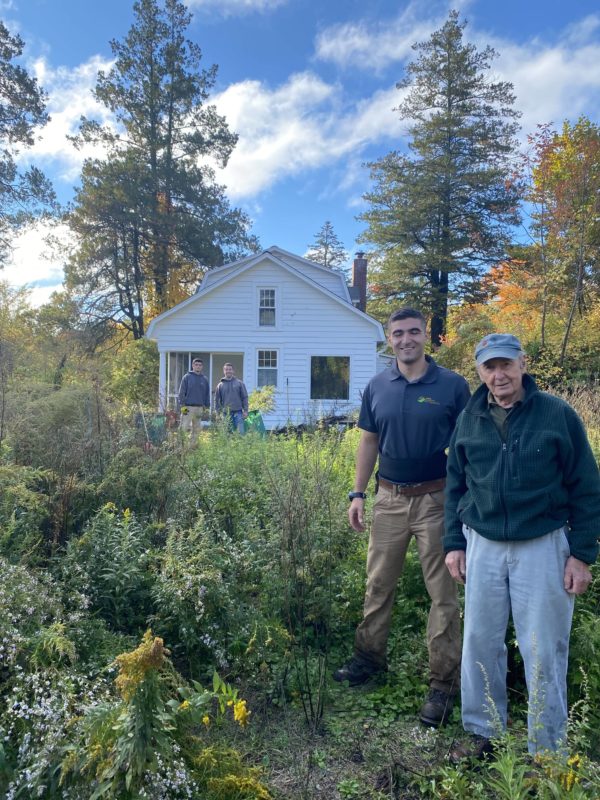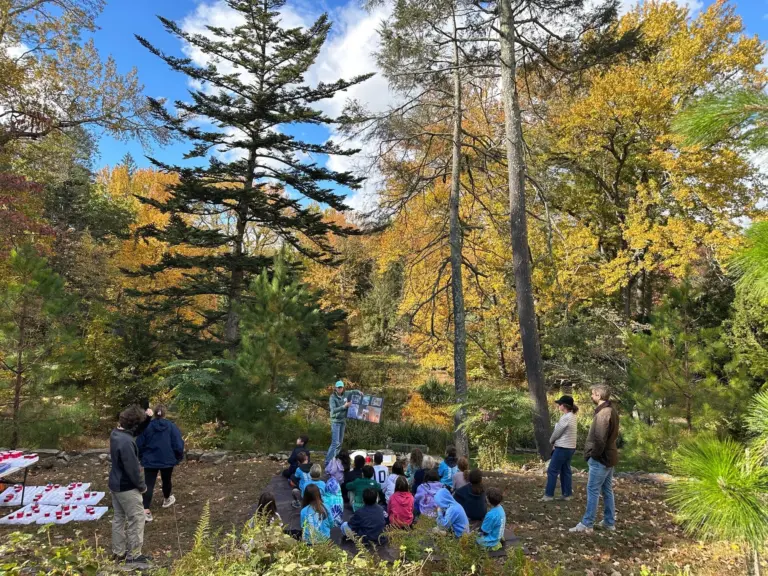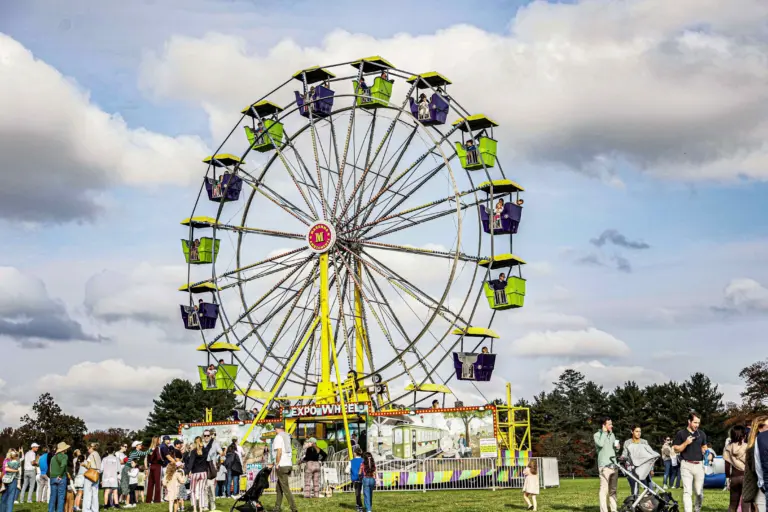Learn how to create and maintain an ecological garden at Greenwich Audubon
By Anne W. Semmes

Andy Chapin is a land steward, having served for over a decade at Greenwich Audubon, stewarding its 650 acres, helping to shape those landscapes by planting native plants and controlling invasive plants. He’s a graduate of the Connecticut Master Gardeners program and a professed “ecological enthusiast” who wants to help like-minded gardeners realize their ecological gardens and landscapes.
On this Sunday afternoon, from 1 to 3 at Greenwich Audubon Chapin is teaming up with Jim Carr, a noted instructor for 20 years at the New York Botanical Garden, having developed its program of ecological gardening and landscaping for its School of Professional Horticulture. The two want to engage Greenwich gardeners in how to “create and maintain ecological gardens and landscapes.” And no charge for their instructive Sunday services.
“Now is the time,” tells Chapin, “To start thinking about what you want to do next year in your garden and what you want to have in your beds.” And learn how to manage your garden property, he notes, “with less pesticides and things of that nature in a more natural way.”
Come April through June Carr and Chapin will follow up with half a dozen or so “how to” classes. “We haven’t finalized the number yet,” tells Chapin. “Jim wants to marry the lecture part with the hands-on aspect, plus, we’ve got a space that’s one of the more unique features.” That space is beside a small house on the Audubon grounds. “It will show people how they can use native plants in the front, and what to do in the back garden.
“The central theme,” Chapin continues, “will be creating a vegetable garden, and then using nature to help you achieve your goals.” And one of those goals is “not to use chemicals on what you’re going to put in your garden.” Gardening effectively, he tells is “using nature rather than spraying it. If you spray for mosquitoes, you’re probably going to kill the mosquitoes and a lot of other insects. But a mosquito has a life cycle of eight to ten days from egg to adult. But the things that eat mosquitoes will come back much more slowly than the mosquitoes will.
“So, part of it is attracting native predators…beneficial insects that would help you achieve your gardening goals without pesticides.”
Carr and Chapin will address the need to choose “plants that are native to this area to attract the wildlife that coevolved with it. If you plant non-native trees, they become green deserts for most of the insects. And so, with birds, if you’ve flown North to raise your chicks because there’s a caterpillar explosion, and then the food gets farther and farther apart, it becomes harder for the parent birds to raise their young. It’s with this native and ecological approach that you support the wildlife and make sure it’s here.”
And birds also eat other bugs, he adds, “So all of a sudden if you start having more of these native plants here, then the birds start helping you control other bugs in your garden.”
Chapin told of ecologist Doug Tallamy’s findings, that a white Oak tree had “the most variety of Lepidoptera butterflies and moths, and that was close to 500 different types.”
Chapin cited lawns as now considered by scientists as “the biggest user of water, fertilizer, and pesticides of any crop in America. And that’s where most of the non-point solution comes from, running off people’s lawns down into the creeks, and down to the ocean. So, finding a way to reduce the use of chemicals, in general, pesticides, fertilizers, is beneficial to all of us.”

Another poison in a garden landscape Chapin tells comes from leaf-blowers. “The blowers themselves are very loud, and most of them used today are two-cycle engines, which mixes the gas and the oil together. They’re much dirtier than a normal lawn mower.” And yes, they’re targeted in the news now for spewing carbon monoxide, smog-forming nitrous oxides, and carcinogenic hydrocarbons.
“Shifting away from two-cycle engines that most leaf blowers have would be less polluting.” And blowing those leaves away is “a lost opportunity because you can use the nutrients from the leaves to go down into the grass to act as a fertilizer for your grass. Also, you can use the leaves to make compost to use in your other garden beds. They make a good mulch under many plants.”
With the climate meetings going on right now, Chapin notes, ‘It’s how we can do whatever we can do now to address those problems. And just as with those motors of the leaf blowers, we all need to take whatever small steps we can. It may not be much what you do on your property, but if we all start taking small steps, it makes quite a big difference.”




